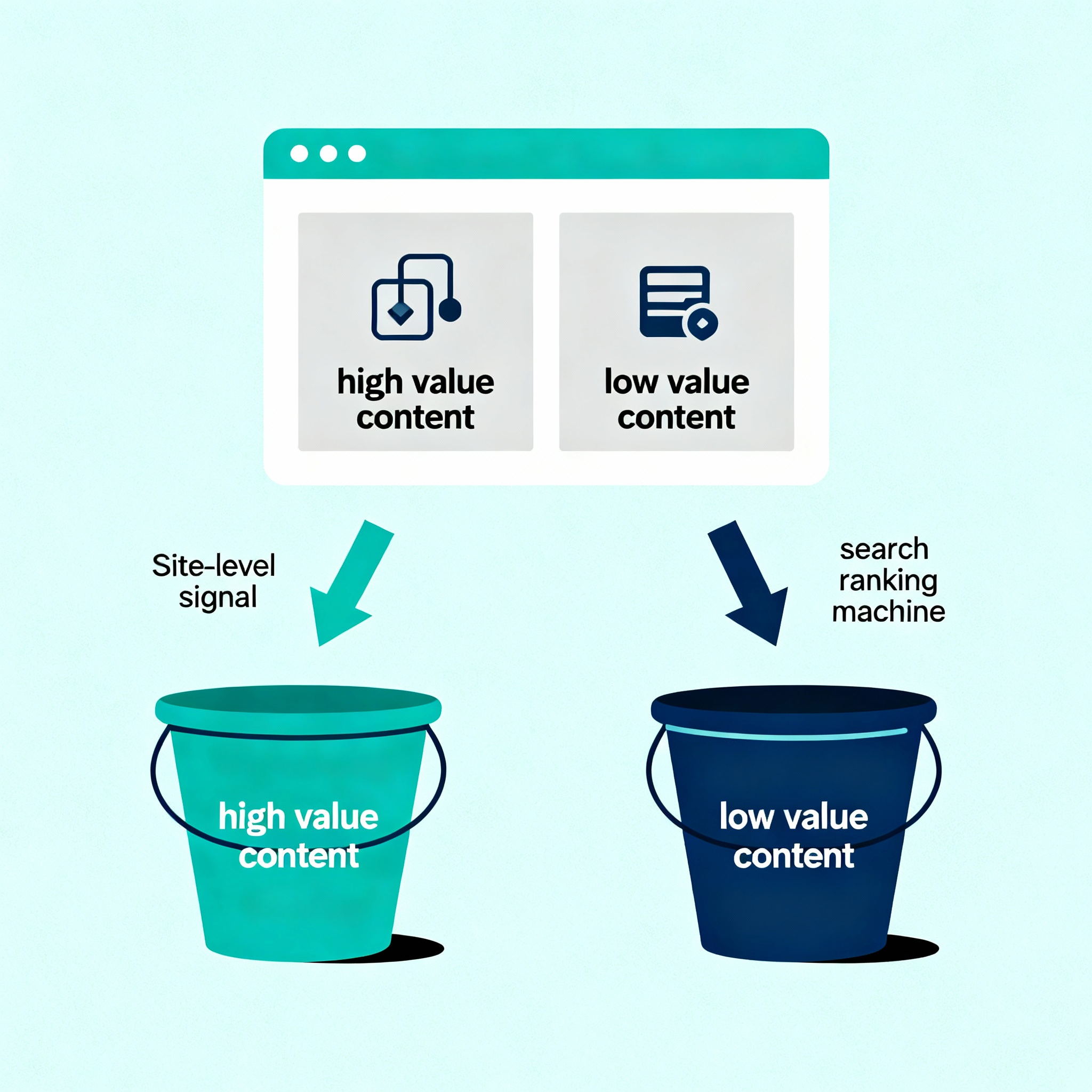Picture this: you launch a cluster of helpful looking posts, but traffic flattens and engagement drops instead of rising. For website owners, SEO agencies, and digital marketing experts this scenario is all too familiar, and it often traces back to how search engines evaluate content quality. If you want a clear, actionable answer to what is google helpful content, read on for a practical breakdown, recovery steps, and content rules you can test immediately.
Why the concept matters to your site
Google launched the helpful content approach to reward pages that serve real human needs and to demote content built primarily to chase search traffic. This is not just a tech change, it affects editorial strategy, site architecture, and the economics of content production. Here are the practical consequences:
- Site level impact, not always page by page, so mixed content quality can drag down your entire domain.
- Signals include depth, originality, first hand experience, and user satisfaction.
- Automation and AI can be okay, when used to assist humans and not to mass produce low value pages.
For source-level guidance, see Google’s announcement on the update at the Google Search Central Blog and reporting from industry outlets such as Search Engine Land and Search Engine Journal.

What Is Google Helpful Content In Practice
This system looks for content that genuinely helps visitors, and it compares a site’s mix of useful pages against pages that add little value. That means quality and intent matter more than volume. Focus areas include:
What signals indicate helpful content
- Clear audience focus, showing you write for real people with a purpose.
- First hand knowledge, examples, case studies, or original research.
- Fulfilling search intent so the user does not need to keep searching for basic answers.
- Depth and completeness without fluff.
What causes problems and common traps
- Thin summaries of other sources without original insight.
- Content created mainly to capture search traffic rather than to serve an audience.
- Excessive automation used to churn out many low value pages.
If you want a technical primer, Google’s guidance from the August 2022 announcement explains how creators should approach people first content. Industry analyses from Search Engine Journal and SEMrush explain how the classifier has been rolled into broader ranking systems and what recovery looks like.
How to audit your site for helpful content issues
Here is a short checklist you can run across your domain in a single afternoon.
- Inventory your content to find low traffic, high bounce pages.
- Mark pages that lack first hand experience or original insight.
- Identify clusters of off-topic pages that do not match your site purpose.
- Prioritize fixing or removing the worst pages, then monitor performance.
Actionable tip, start with your top 50 lowest performing pages by impressions and by time on page. Either improve them with unique perspective and depth, or consolidate or remove them. Real recovery takes time, because the system evaluates long term site quality trends.
Content creation rules that align with the helpful content system
- Write for a clearly defined audience and answer the question they actually have.
- Add first hand examples, case studies, or original data when possible.
- Use AI to help structure and speed drafts, then have humans add expertise and verification.
- Monitor user metrics and remove or merge pages that do not help readers.
Here is the thing, quality is not a single paragraph. It is the collection of signals across your pages and the experience you deliver to visitors.
Quick recovery roadmap if you suspect a problem
- Run a content quality inventory and flag low value pages.
- Improve high potential pages with first hand examples, author context, and additional resources.
- Consolidate or delete pages that provide no unique value.
- Use internal linking to highlight pillar content and reduce thin page exposure.
- Measure results over 60 to 90 days, then iterate.
Recovery is not instant. The system observes long term improvements and adjusts as your site demonstrates consistent, people first content.
FAQ
How is helpful content different from traditional SEO advice
Helpful content overlaps with SEO best practices, but it shifts the emphasis to user satisfaction and originality. Traditional SEO covers technical factors, keywords, and links, while helpful content prioritizes whether the page fully answers the user’s need.
Can AI generated content be compliant
Yes, when AI is used as an assistant, and human reviewers add expertise, verify facts, and ensure the page serves human readers. Automation that produces shallow pages at scale is the risky behavior to avoid.
Will removing pages fix a site quickly
Removing low value pages helps, but it is not a guaranteed quick fix. The system looks for sustained, site level improvements. Track outcomes and continue improving the content mix.
How do I measure if content is now helpful
Look at organic impressions, clicks, time on page, return visits, and whether users have to search again for the same query. Qualitative feedback and direct user testing also help validate improvements.
Does this affect all languages and regions
The system was launched in stages and has been integrated into wider ranking logic. Best practice is to treat all content with the same people first standards, regardless of language.
Should small sites worry more than large sites
Small sites can benefit faster because changes are easier to implement, but any site with a mix of low and high value pages can be impacted. The fix is the same, focus on unique value and audience fit.
Start Improving Your Content Today
If you want help implementing a practical content strategy aligned with people first principles, consider a solution that creates focused, definition style articles and keeps humans in the loop. For teams that create individual articles to define words or phrases in SEO and LLM, and that only target keywords starting with what is and define, a platform approach can automate research while preserving editorial oversight. Learn how this workflow works with Marvlus at Marvlus AI.
Conclusion
The helpful content approach rewards sites that consistently add unique value, demonstrate first hand expertise, and satisfy user intent. For website owners and agencies the path forward is straightforward, even if it is sometimes painstaking: audit your content, improve pages with original insight, and remove the noise. Do that and your site will be better positioned for sustainable organic visibility and for the evolving landscape of search.

